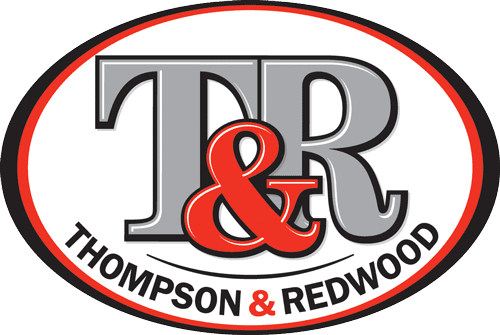02 Jun Rising Plane of Nutrition – A Key to Livestock Productivity
A RISING PLANE OF NUTRITION is one of the key factors in getting a good return on your livestock each year. Put simply, a rising plane of nutrition is where animals have the feed and nutrients in front of them to continue developing, reproducing or gaining kilos. This is not only vital for the health of that animal, but also for maximising productivity and getting a return on your investment.
Most livestock businesses rely on an improvement in the condition of an animal to meet a production outcome. Breeding enterprises need to improve the condition of the ewe, heifer, or cow for a successful joining, and then support her increasing requirements through gestation and lactation to produce a healthy lamb or calf. She then needs to maintain condition to improve her chances of a successful re-breed.
For a business focusing on producing weaners to entry weight, those calves or lambs will need to actively grow and develop to stay healthy, and then achieve certain growth rates to meet turnoff targets.
A rising plane of nutrition to maximise profitability
When purchasing livestock, producers are paying for each existing kilo on the animal. The feed that is available to those animals must at least hold and maintain the kilos, but preferably increase them.
For animals that have been bred or exist already in the operation, producers have invested their own inputs to put those kilos on.
When an animal loses kilos and goes backwards, it comes at a cost to the business.
Changing requirements and fluctuating feed availability
The nutritional requirements of livestock vary depending on their age, production stage and targets. Any growing or reproducing animals will have a higher protein and energy requirement than an adult that is maintaining condition. Animals that are producing wool or meat may also have an increased nutritional requirement to improve their productivity.
Unpredictable fluctuations in seasons, rainfall and feed availability influence an animal’s plane of nutrition greatly. Dry pasture phases see a decrease in energy and protein availability, and low winter rainfall can decrease the amount and quality of spring pastures.
Supplementary feeding to mitigate risk
Supplementary feeding programs can be implemented to mitigate risk and ensure that the nutritional plane is rising, or at least holding. They can be implemented to improve animals towards a production outcome or to allow businesses to better weather fluctuations in weather, rainfall and feed availability. It can also:
- Reduce grazing pressure and conserve pasture
- Improve utilisation of existing feed base
- Meet the increasing demands during key production phases
- Improve productivity and reach targets
Key Points for Successful Feeding
- Choose a feed that complements your production system and existing feed base
- Implement a thorough and gradual induction onto feed to ensure rumen health
- Feed using systems and infrastructure that supports the number and type of animals being fed to promote uniform intake
- After induction, maintain a consistent feeding schedule that suits the animals needs i.e., lambs should be fed ad lib, but dry sheep on stubble may only need feeding twice weekly
- Consistently monitor animal health and condition
- Ensure you have a ‘next step’ ready
Planning for the ‘next step’ and keeping the plane rising
When supplementary feeding, it’s important to plan for the next step to make sure that their plane of nutrition holds or rises. This might be having a quality body of pasture or a forage crop to move them on to. Additionally, it may be changing their diet to match their production phase i.e. moving turnoff animals onto a finisher ration.
In summary
Keeping a rising plane of nutrition does take planning and management, but it is a key factor in livestock profitability.
Thompson & Redwood offer a range of specifically designed pellets and cubes for ruminants. Each one has been developed with the industry and our team of vets and nutritionists to suit the various needs and targets of livestock businesses.
Made from only premium ingredients with quality grains and no nutritionally poor fillers, they promote good feed conversion efficiency to keep your animals on a rising plane of nutrition.



No Comments